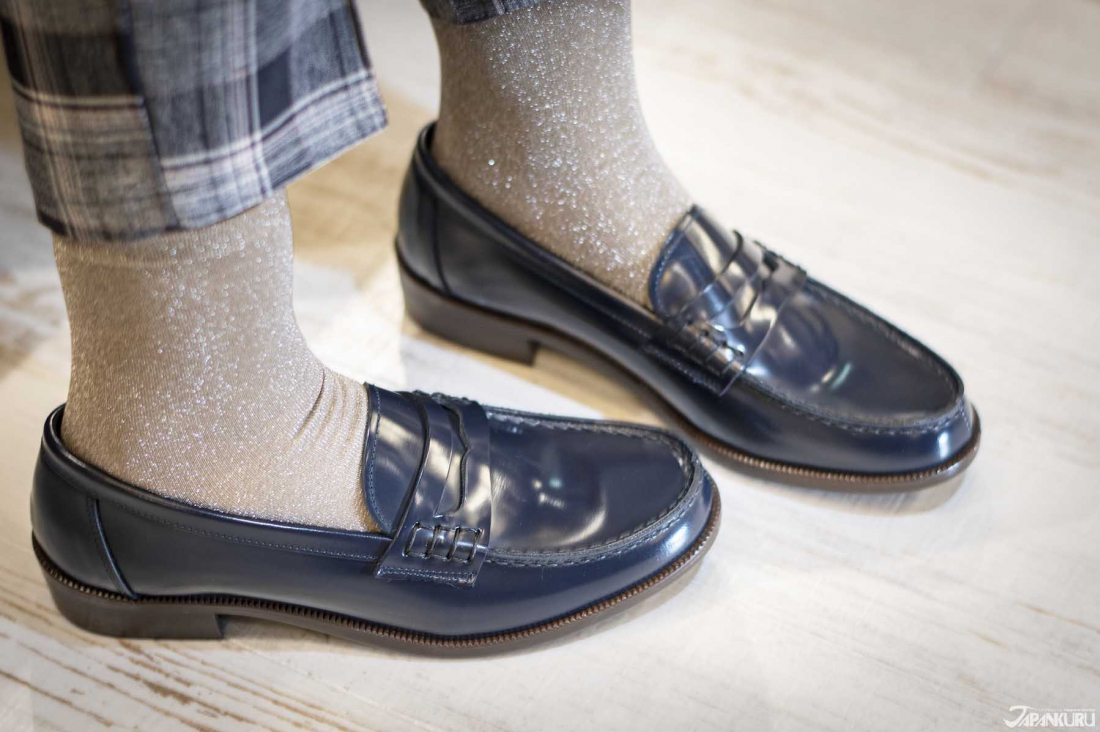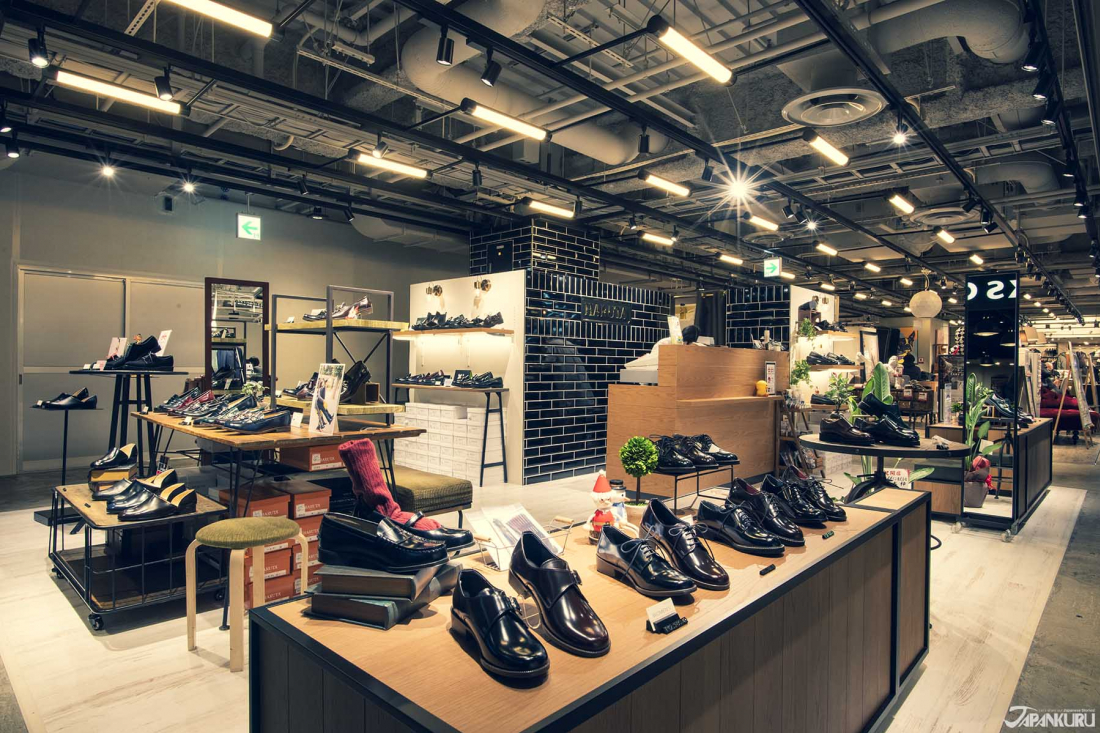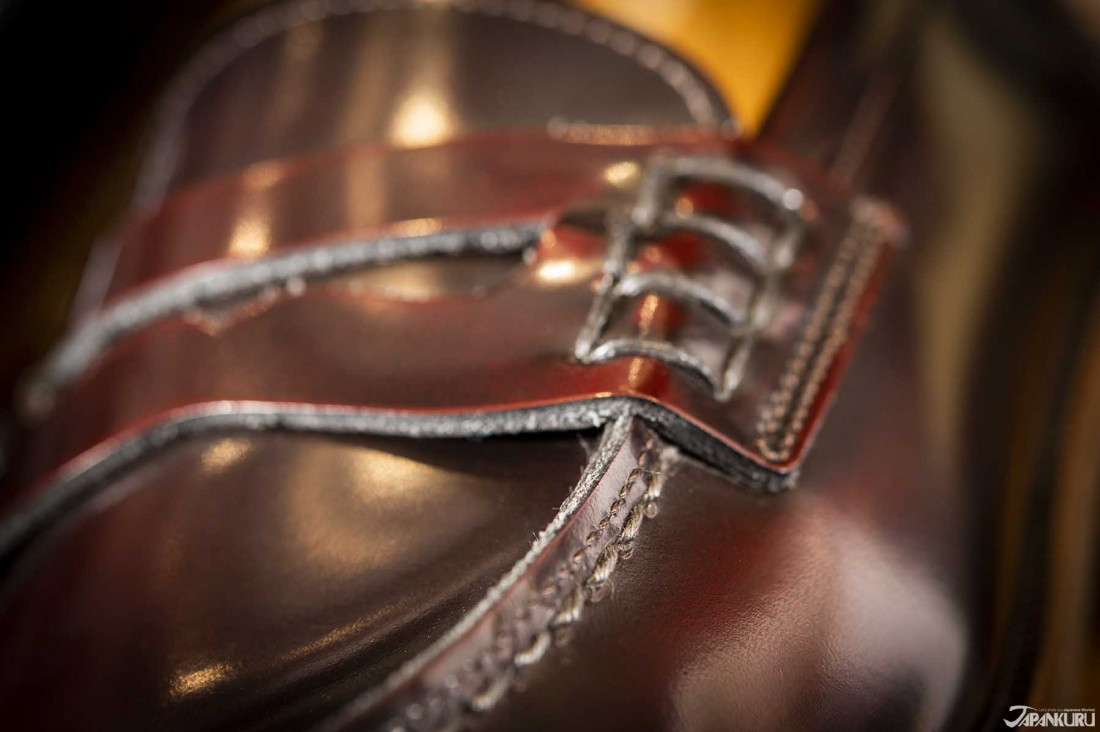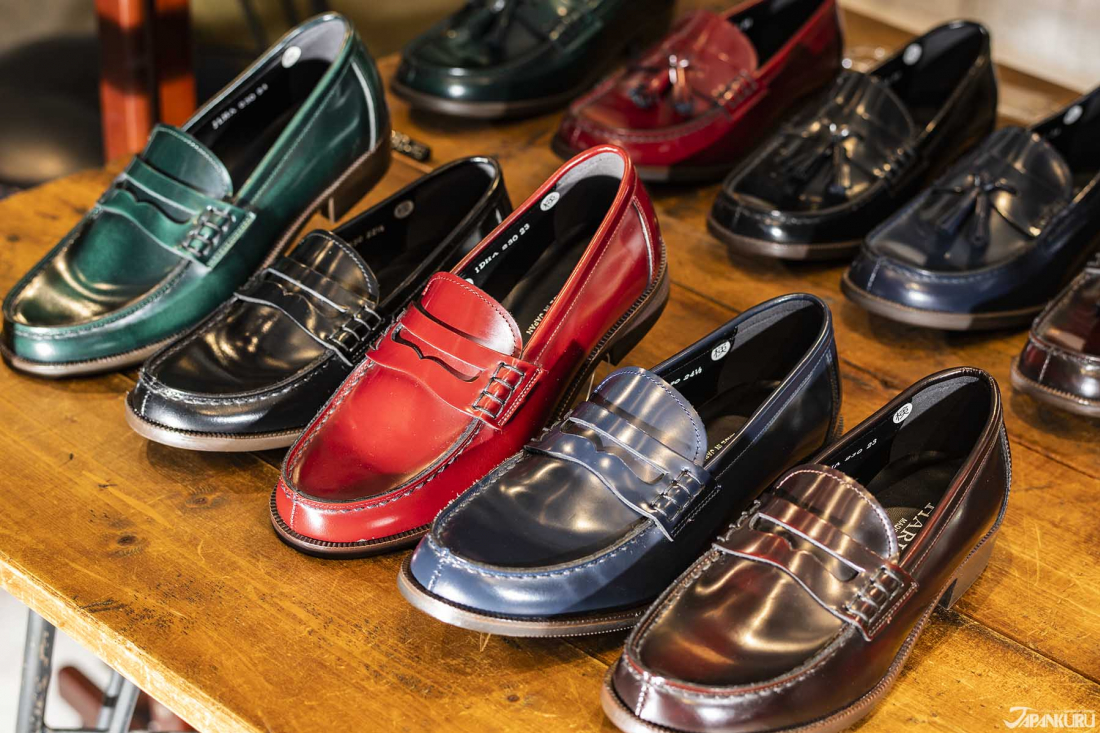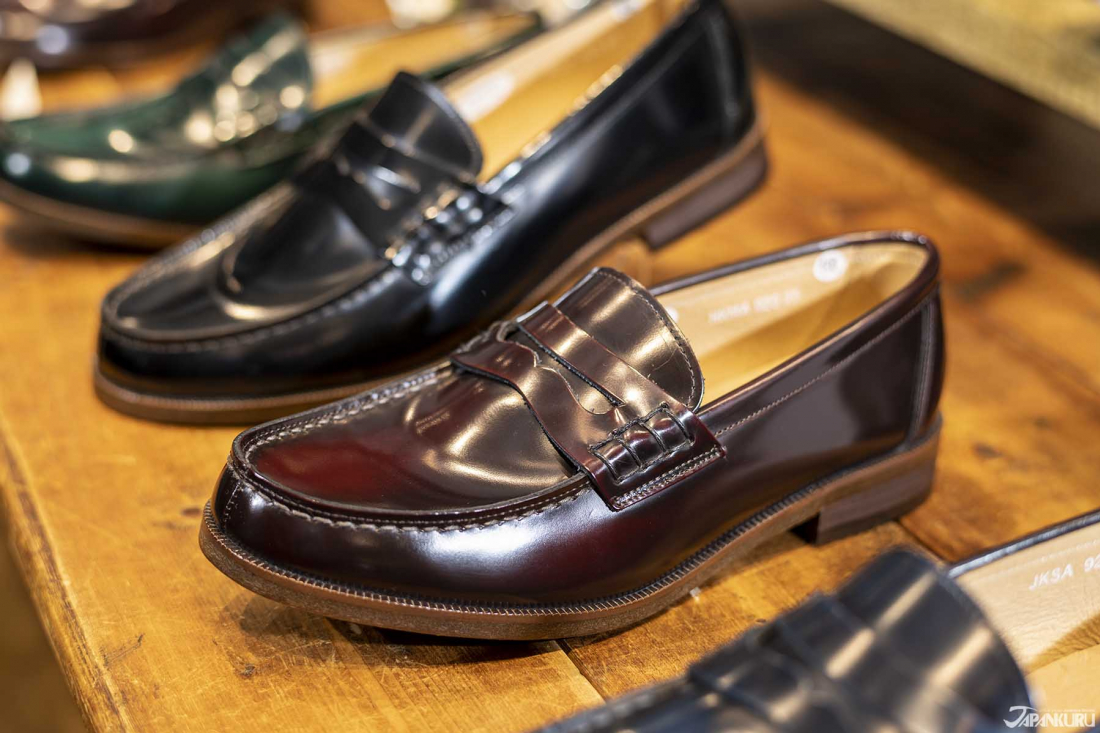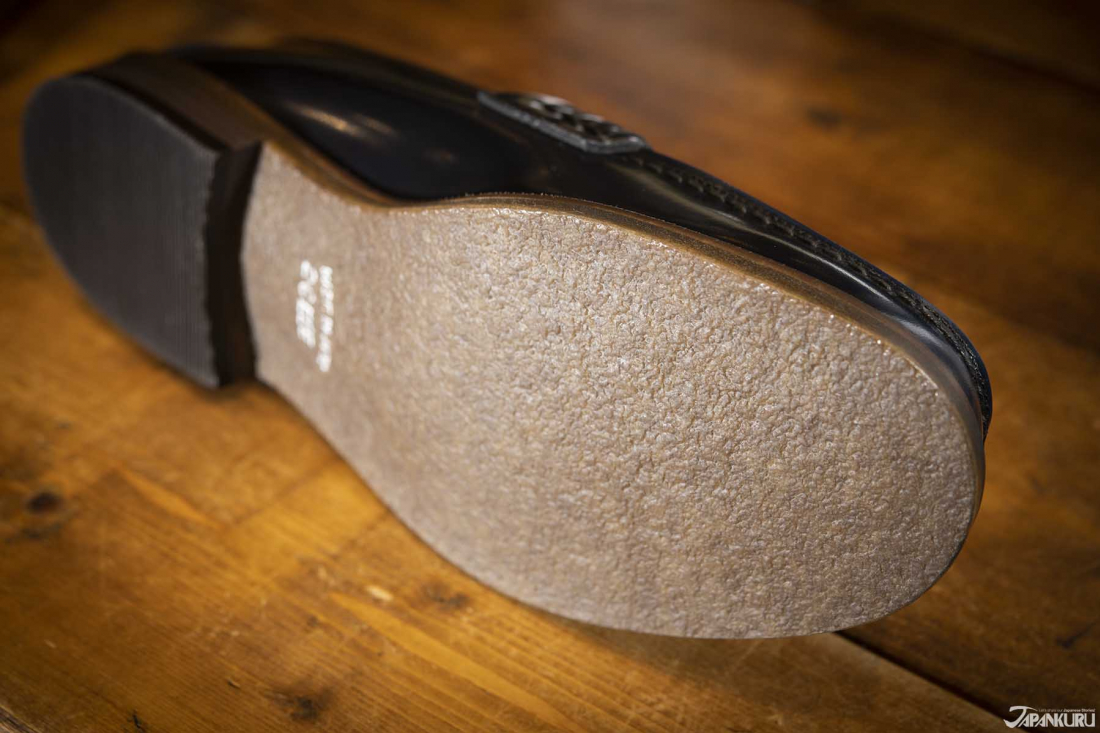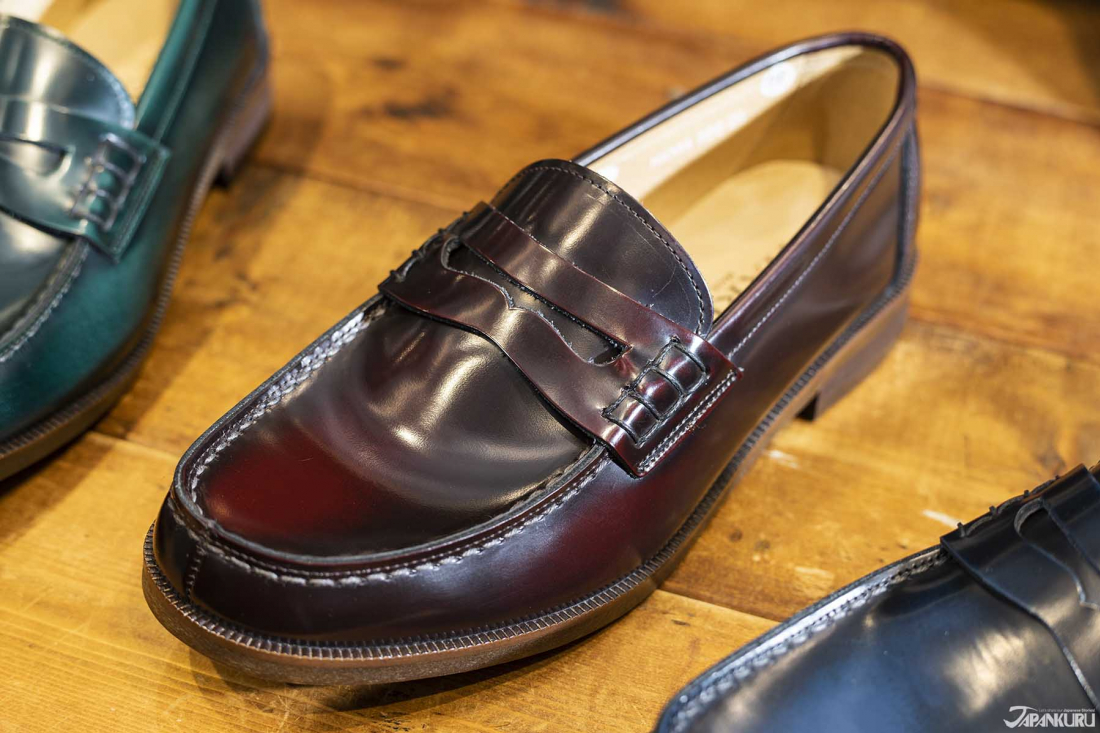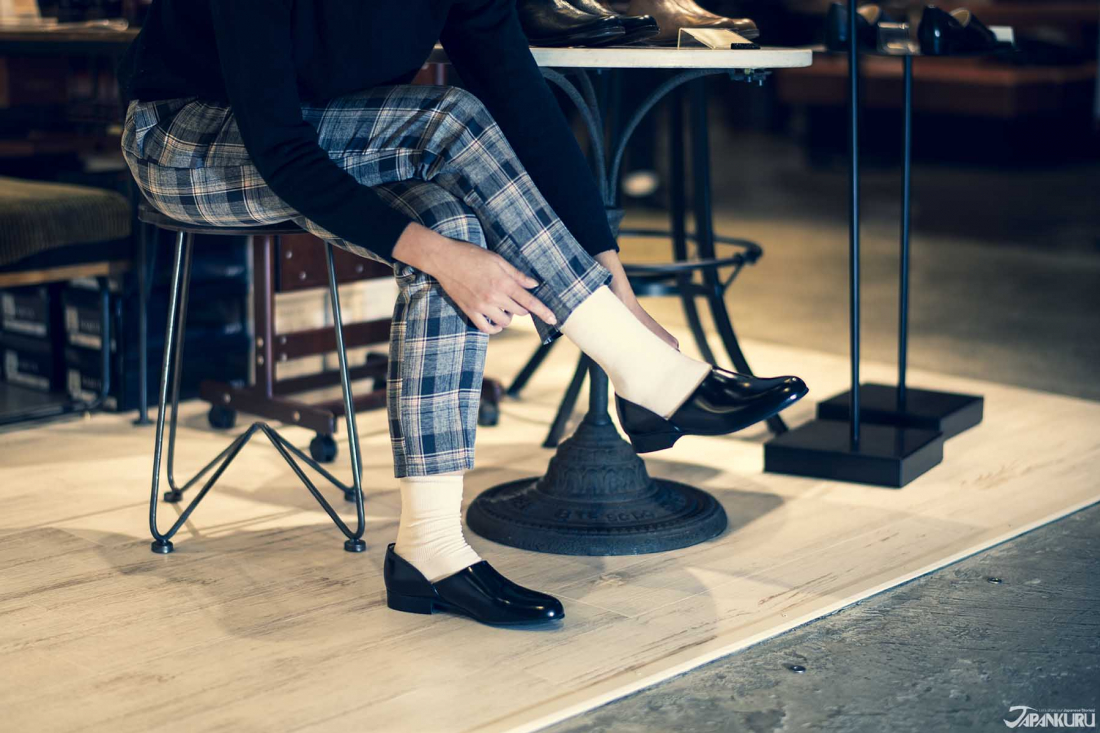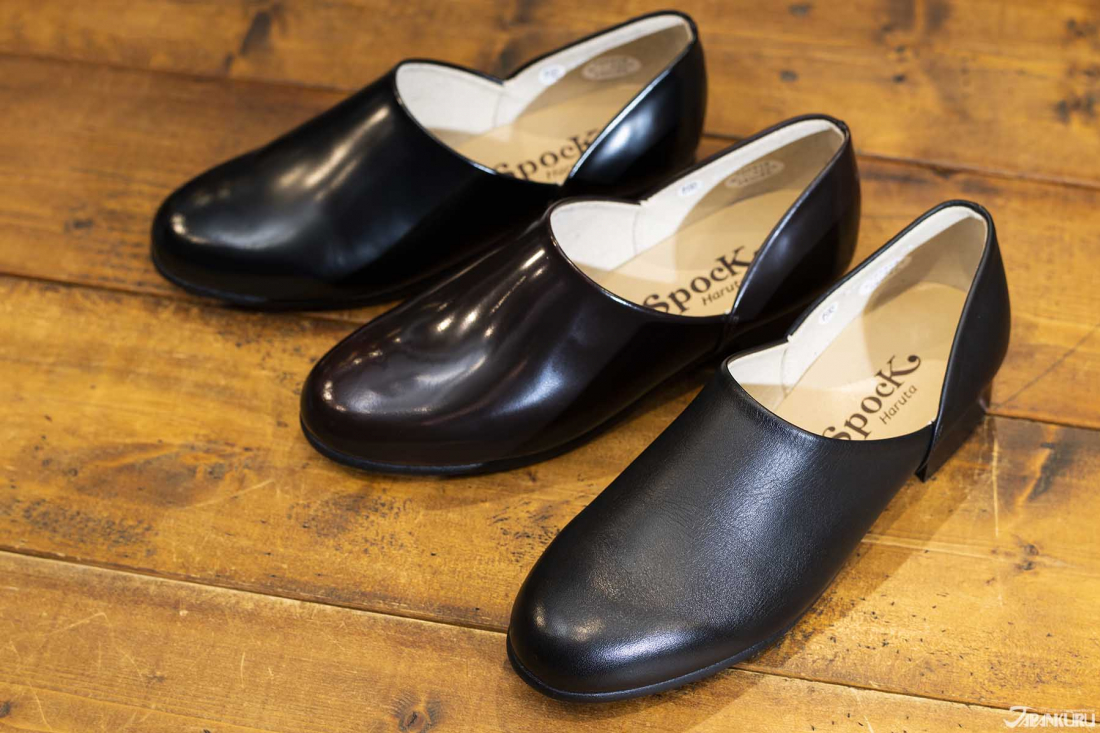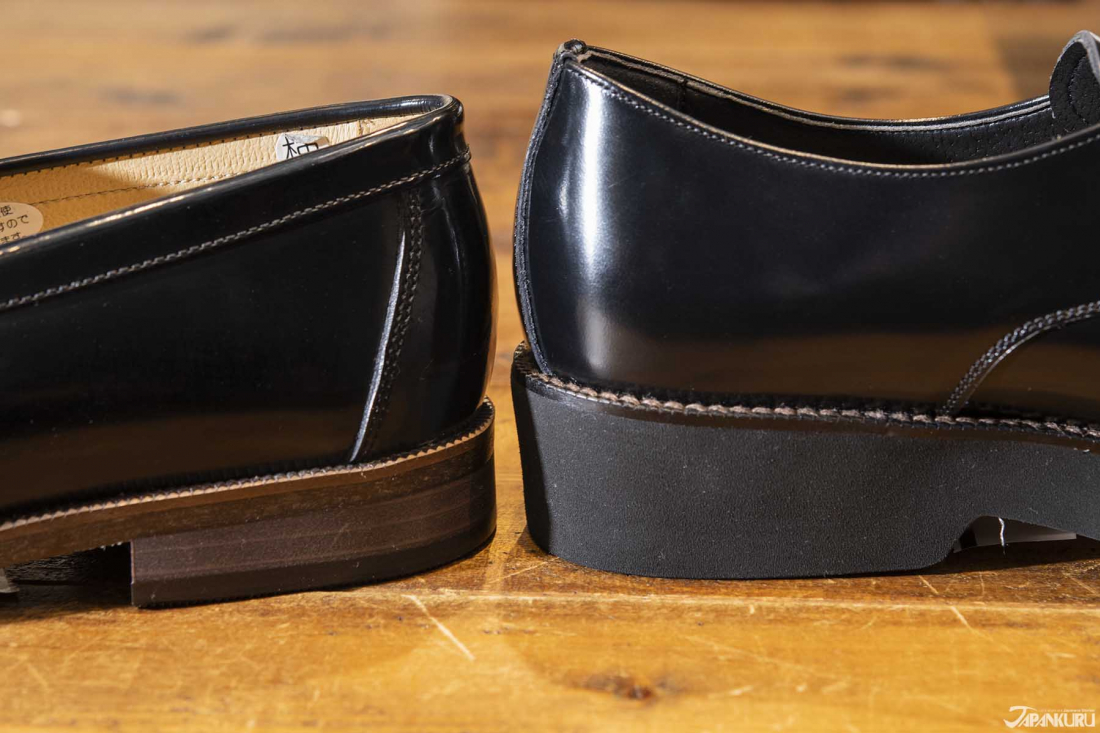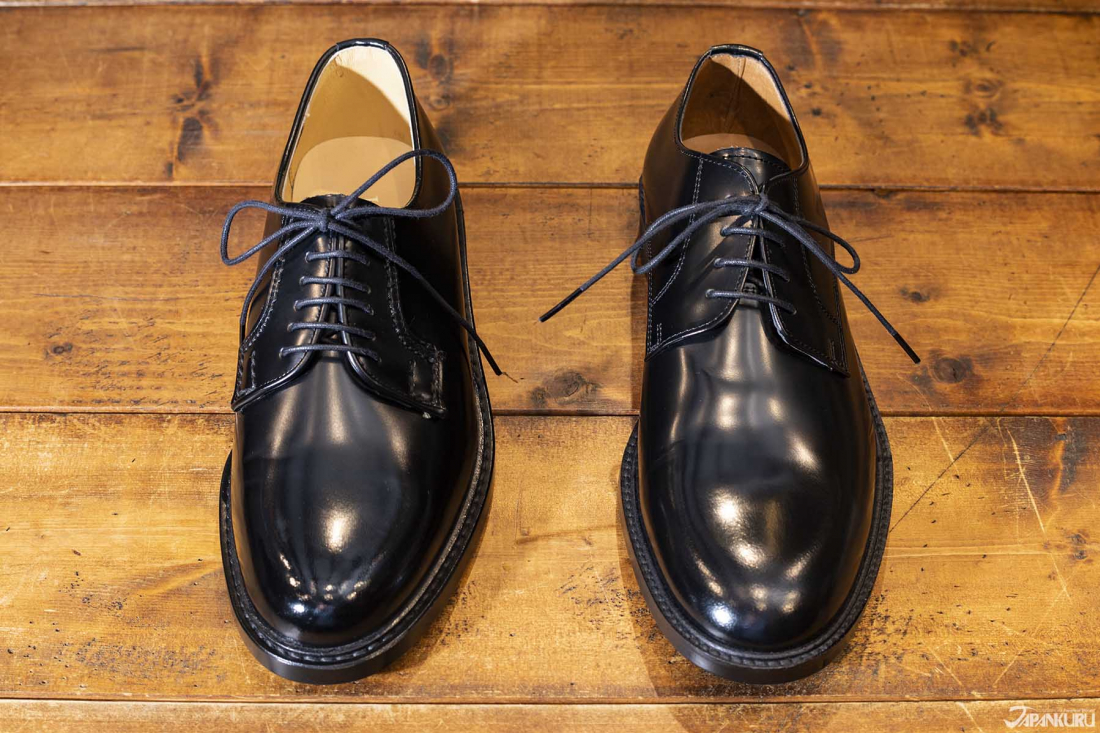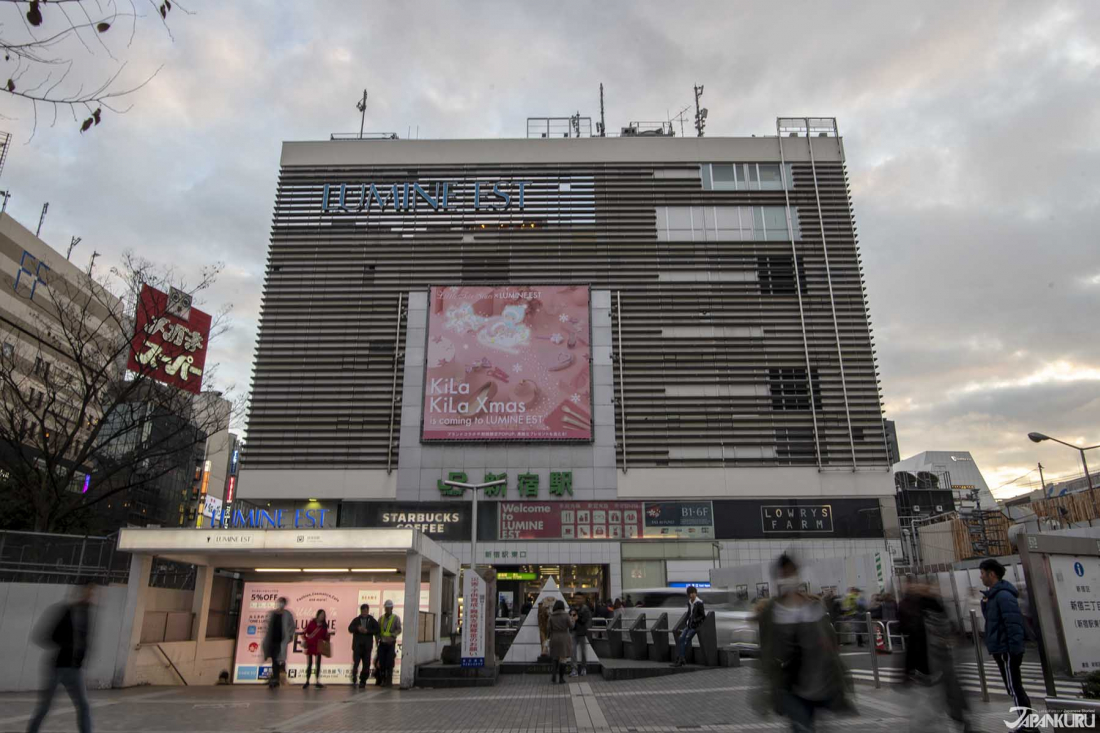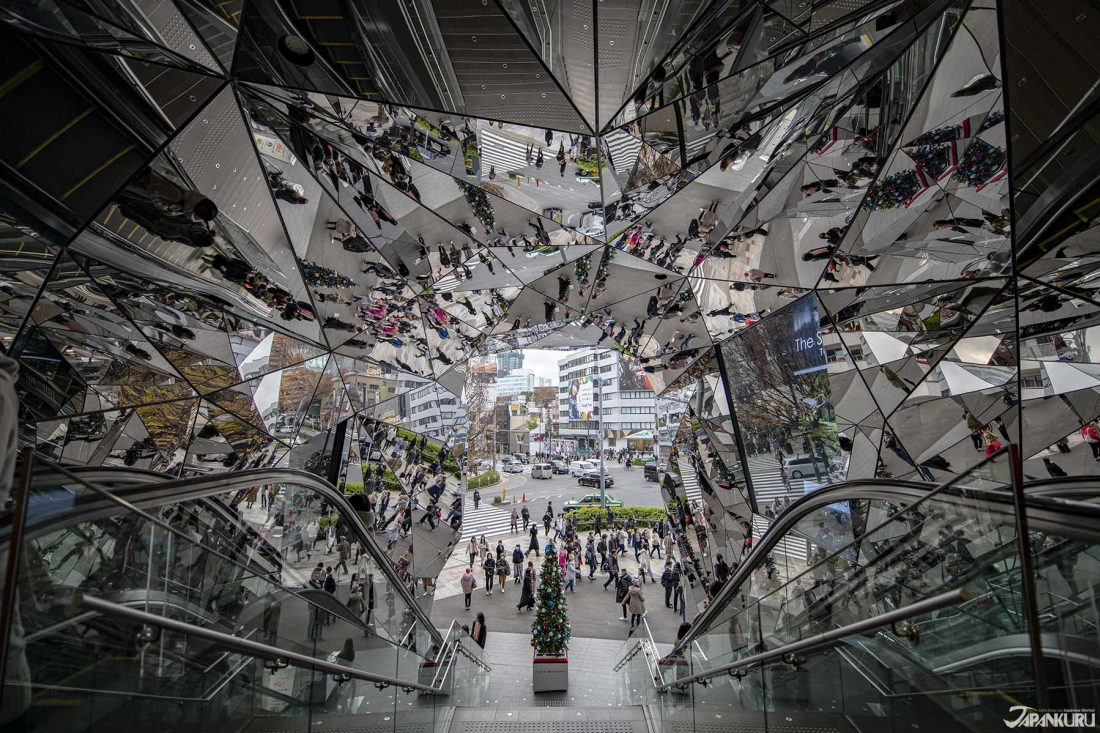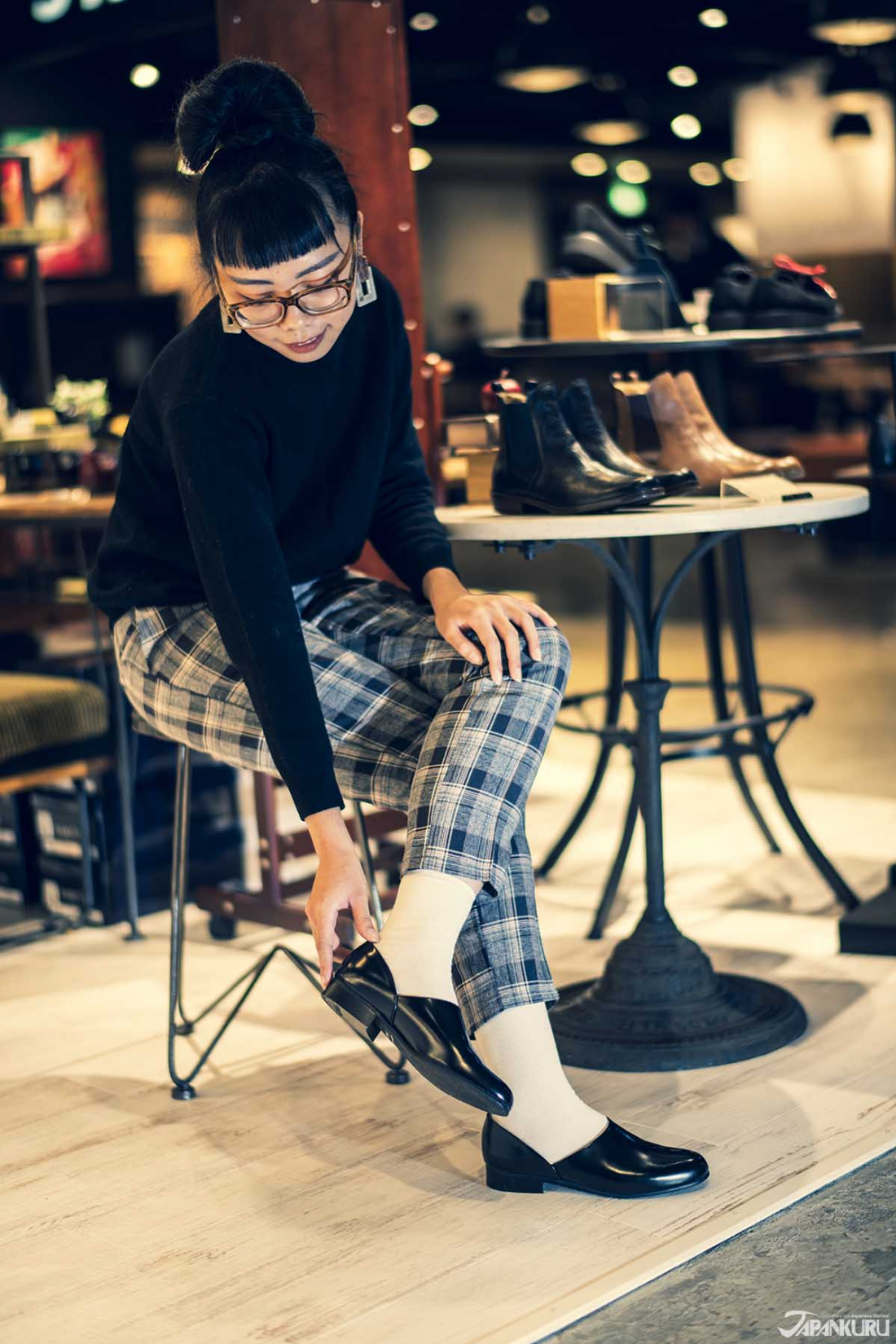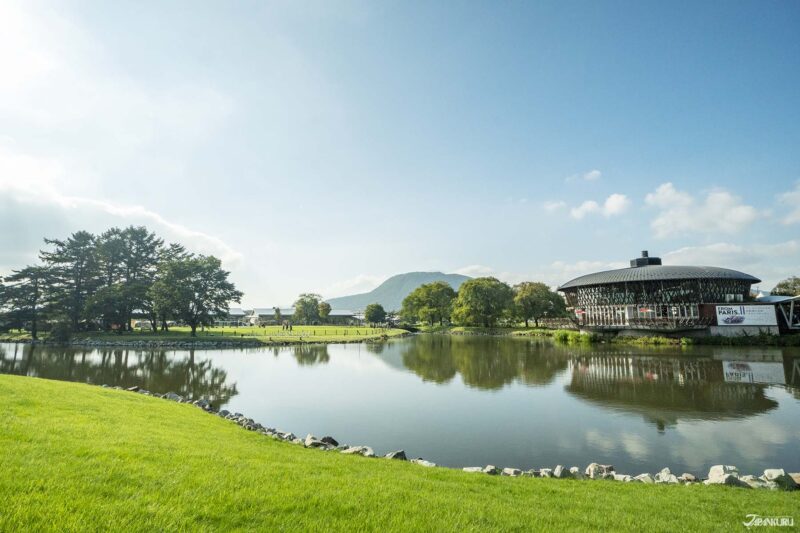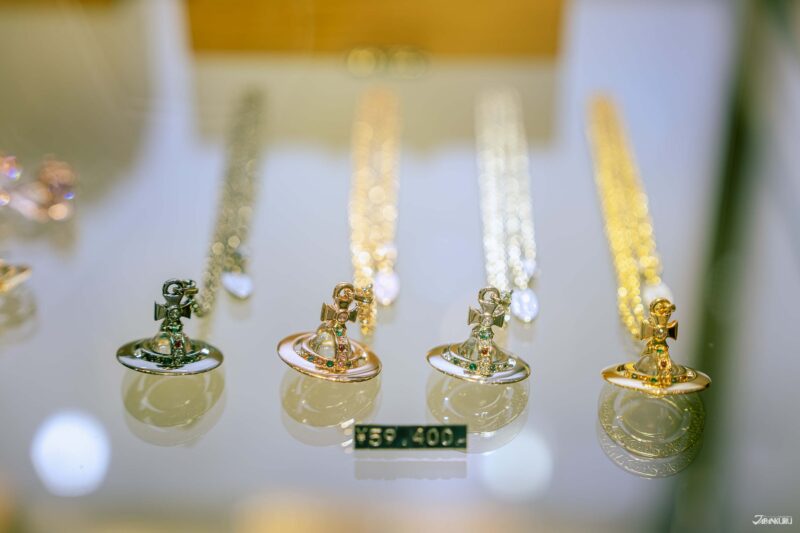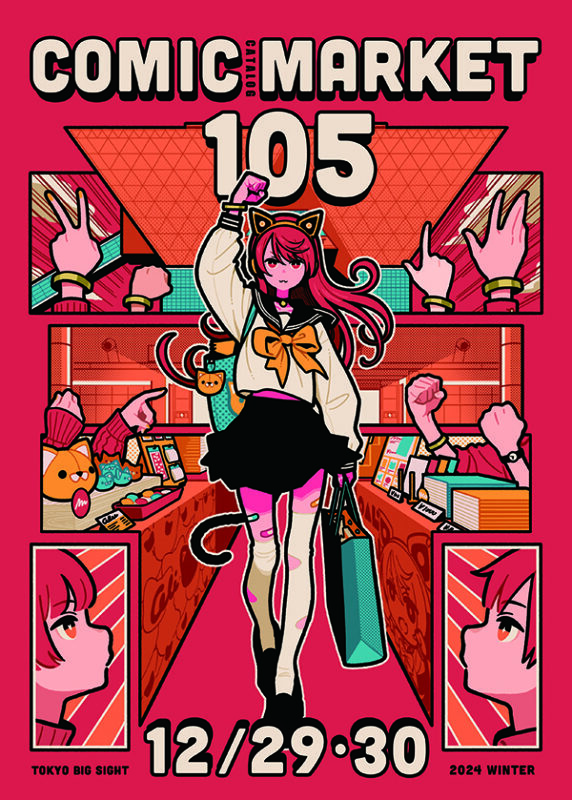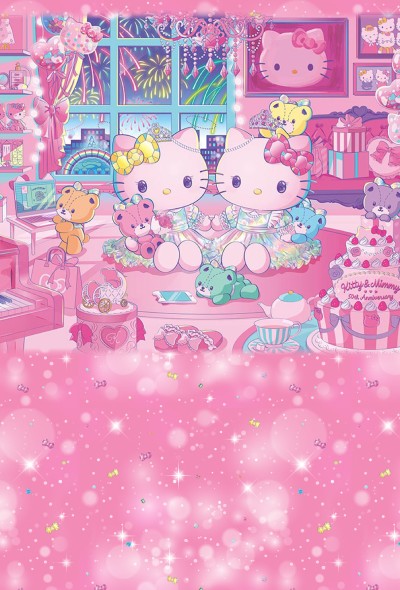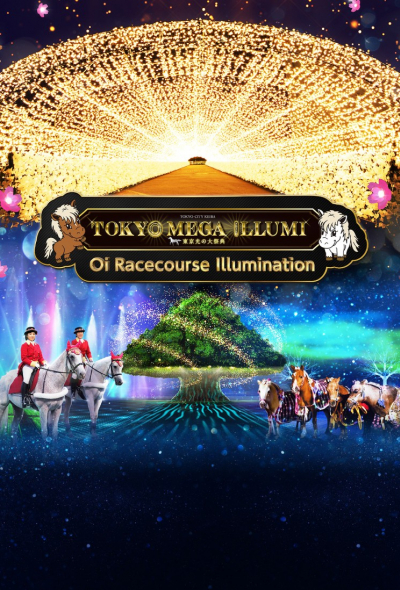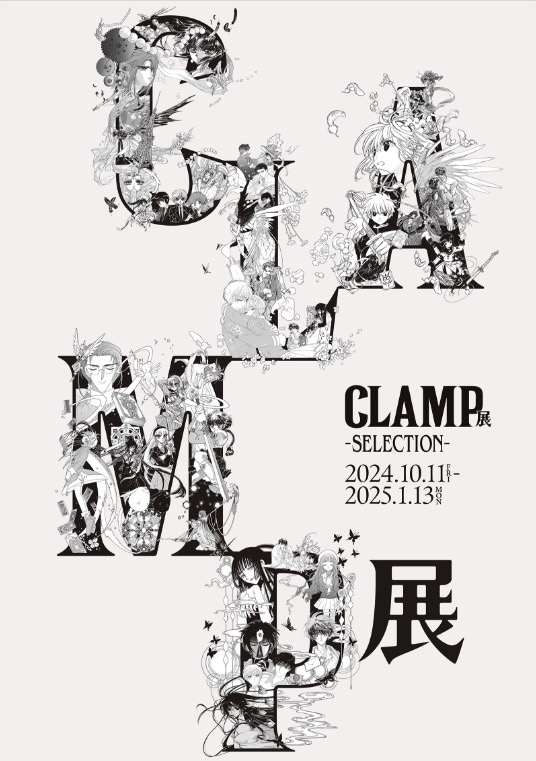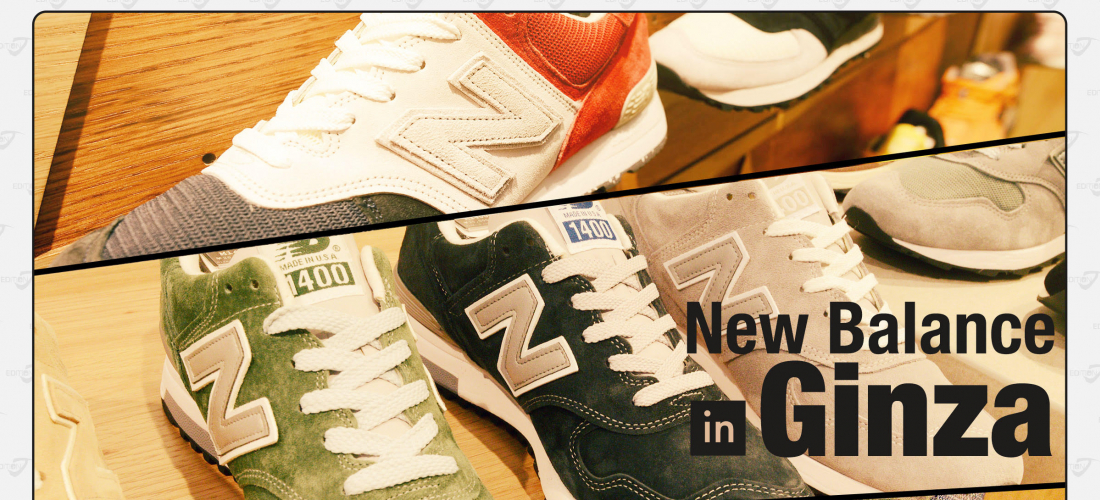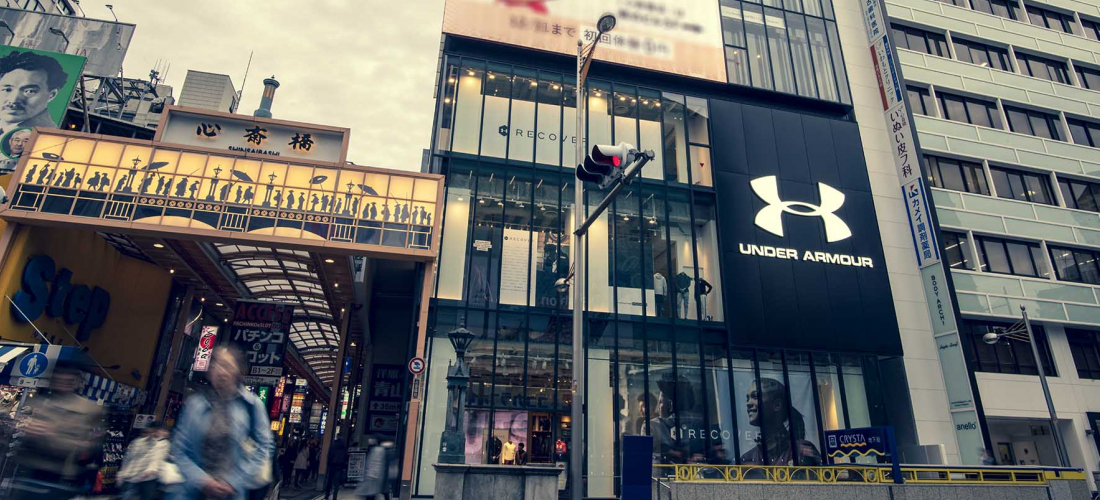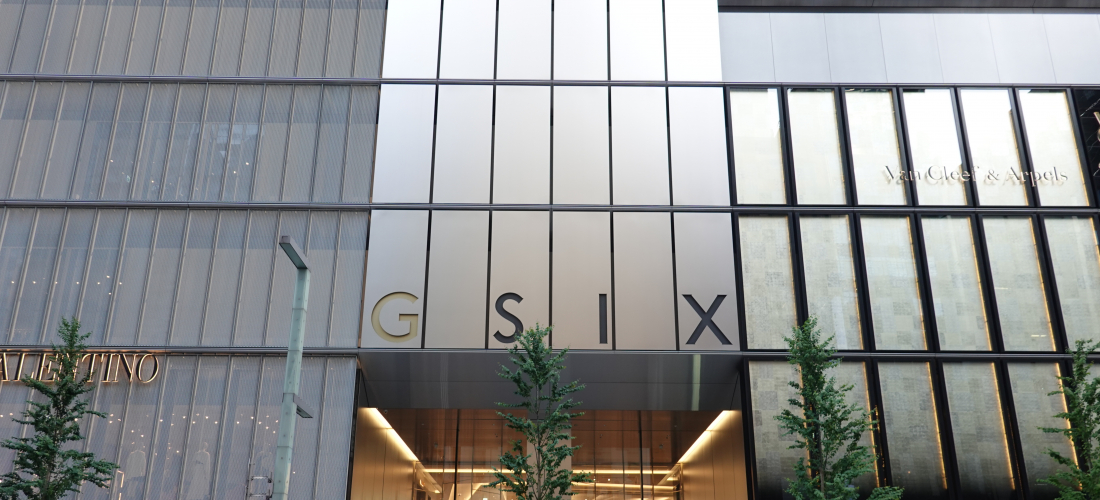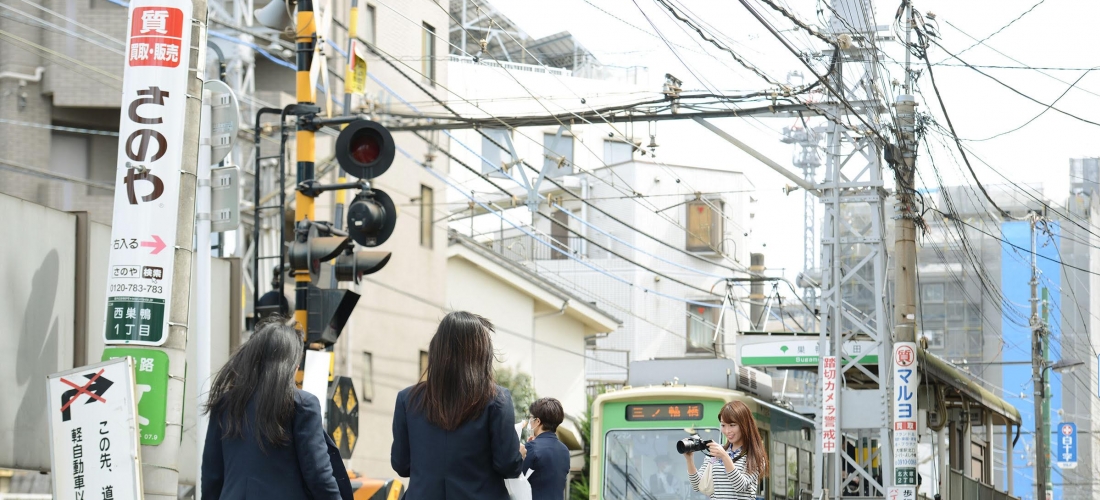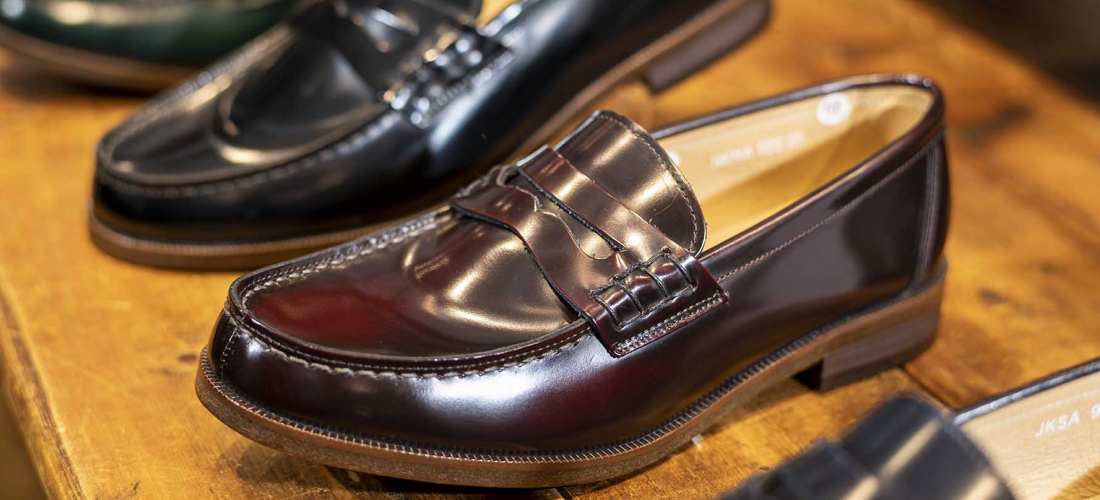
CONTENTS
In a country so famous for both iconically stylish school uniforms and an unbridled nostalgia for student life, it’s no surprise that uniform-style leather loafers have become a hot fashion item. Of course, if you want to bite this trendy Tokyo style, look no further than the sturdy, high-quality leather loafers and oxfords made by Haruta. Pick up a pair in Shibuya, Shinjuku, Harajuku or Omotesando, break them in exploring the city, and then stroll in style for years to come!
The Key to Classic Japanese Style
With retro trends and classic fashion in style in recent years, it’s no wonder that shoes have gone a little back to basics. In Japan, school-days nostalgia means that people of all ages hold on to fond images of the loafers worn with their middle and high school uniforms. The shoes carry a sense of old school cool, making it easy for the loafers, oxfords, and similar styles to become standard streetwear items. Plus, they give wearers a chance to mix and match fun, colorful socks for playful new looks, or dressy ensembles!
Your Go-To for These Classic Shoes: Haruta
Haruta is a brand with over 100 years of shoe-making history, and they started producing loafers for school uniforms in Nara back in 1917.
The secret to the company’s longevity? High-quality shoes made right here in Japan, providing simple, clean looks for customers of all ages.
Official Haruta Website
Official Haruta Instagram
What Makes Haruta So Beloved
① The Materials
Haruta shoes are made with 100% genuine leather, produced in house, resulting in consistently robust shoes with sleek finishes.
And you can see the material quality all the way down to the stitching!
② The Designs
Years ago, Haruta offered dozens of different kinds of shoes for all kinds of occasions. These days, they’ve pared down their selection, focusing on unique design points that bring variety to the shoes. In name, it might not feel like they offer all that many options: loafers, oxfords, some boots and one or two other designs. But look closer and you’ll notice something special – even within the category of “loafer,” the details make a world of difference.
Compare two different loafer styles and you'll see: not only are there larger design differences like tassels or kilts, but the specific length and width of the toe, the size of the stitching, designs on the back of the shoe, the height of the sole, all of these and more are subtly tweaked between different models, meaning just a few millimeters can totally change a shoe. Take a good look, and those little changes can add childish cuteness to one pair or a sense of chic sophistication to another
③ The Value
Let’s face it, if you’re anything like the JAPANKURU team, no matter how pretty something is, you’re going to take value for money into account as well. Fortunately, these shoes earned our thorough approval. The original materials and domestic manufacturing mean you can count on the quality of Haruta shoes, but they keep the prices entirely reasonable. And the company really doesn’t want you to think of them as fast fashion, either! If you find the shoes pinching or uncomfortable, you can go to one of their physical locations to have the leather stretched to fit your feet using a specialized machine. Then, if you wear the shoes so much you just about wear them out, bring them with you next time you visit Japan – you can send them in to the factory to have split seems and old soles fixed up. (The stretching and repairs can take a couple weeks, though, so make sure it’s a long visit!)
How to Get That Haruta Look
① Loafers
If you, too, want to look like a cool Japanese high schooler, these are the way to do it! The Haruta loafers are clearly good for a variety of different looks, though, since the real leather shoes are the brand’s most popular style. They’re available in a wide range of sizes, so if you actually do want to buy a pair for a student in your life, they’ve got you covered.
The shoes come standard with sturdy rubber outsoles to keep you going all day, whether that’s in school, at work, or just shopping in Shibuya.
Penny loafers, tassels, or bits, which suit your style?
While school uniforms usually only include black or brown shoes, you might have noticed that Haruta offers quite a few different colors. At first we were pretty smitten by that unique green color, and then we learned that Haruta also intermittently puts out limited-time-only colors and styles, and we started scheming about which holiday shoes we might want throughout the year. The Halloween shoes we saw on their Instagram from last year were pretty unique, but then the 2019 Christmas-only loafer kilts were fantastic as well.
② Spock Shoes
With a cut similar to D’orsay shoes, the “spocks” made by Haruta are a pretty unique look in the world of dress shoes. But this intriguing style has generated a fair amount of interest around Asia, and the shoe is now almost synonymous with Haruta’s brand.
Haruta first came out with spock shoes in 1955, and popularity has only grown since then. Haruta makes all their shoes in a wide variety of sizes, so despite the fact that these were originally only offered as a men’s shoe, there have always been women who took advantage of their style and comfort. When Japanese model Akiko Hikuchi decided to wear a pair of spocks for a photoshoot in 2015, the demand for smaller sizes was suddenly overwhelming! They now offer a much wider range of sizes, so everyone can enjoy the versatility of the style.
The shoes work in both casual and formal settings, but that’s not the only reason why they’re so popular. As you can see above: spock shoes slip on and off in seconds. In a country where shoes are frequently taken off and then pulled back on in schools, offices, homes, restaurants, and just about anywhere else, this is a boon. Doctors and pregnant people alike love the spock shoes for their convenience and support.
They’re made in different colors, slightly different shapes, and different leather textures. Plus, you can coordinate them to show off some cool socks. Or wear them with bare feet – the shape and materials allow for good ventilation!
③ Monk Strap Shoes
Monk straps aren’t anything new, but in a shop full of classic loafers, they do offer something of a fresh, different look. Don’t worry if you think they look too heavy to be comfortable, we were surprised at how light and easy to wear they felt.
Or, to really keep you bouncy and light on your feet all day, go for some of their specialty soles. Haruta offers some of their shoes in special editions made with soles from both XL EXTRALIGHT and Vibram, which take comfort to the next level.
④ Oxfords
For a sleeker look, check out Haruta’s lace-ups, in men’s and women’s styles. Just like the loafers, the oxfords come in different models with subtle style tweaks. You can see the shoes on the left have a longer toe, a slimmer sole, and minute stitching for a formal feeling, whereas the ones in the middle have a bolder look all over. On the right are a slightly different take on the look…
They’ve got a little bit of height! But the 4.5 cm (1 ¾ in) heel won’t give you any trouble throughout the day; it just adds a little elegance.
You can see similar differences in the men’s loafers. It’s amazing how the small variations can change the design!
⑤ Shoe Care
Of course, your look might just be ruined if your shoes aren’t in tip-top shape. With care, your Haruta loafers can last years and years (and without any care at all, well… there’s only so much you can ask of cow skin.) But with so many shoes being made out of low-quality artificial leathers these days, Haruta gets that not everyone knows how to take proper care of the materials. Pick up one of their starter kits for instructions and all the tools you need to keep your shoes going for a long, long time.
If you do meet with disaster and scrape a shoe a little too hard, though, they’ve got a handy repair cream that seals up the damage with a matching color! This is a lifesaver if you go for a pair of their unique red shoes.
Tokyo Locations
Shibuya ~ MODI
Just 3 minutes from the Hachiko exit of Shibuya Station, you’ll find Haruta on the 4th floor. There’s a coffee shop across from the store if you need a minute to stare at the shoes and decide which design you want!
Haruta Shibuya MODI Branch
1-21-3 Jinnan, Shibuya City, Tokyo
Phone: +81 3-4336-8242
Hours: 11:00 – 21:00
Shinjuku ~ Lumine EST
This branch only sells women’s styles, but the direct access from Shinjuku Station makes the convenience hard to beat. Just head up to the 4th floor.
Haruta Shinjuku Lumine EST Branch
3-38-1 Shinjuku, Shinjuku City, Tokyo
Phone: +81 3-6380-1596
Hours: 11:00 – 21:00
(Women's styles only.)
Harajuku Omotesando ~ Tokyu Plaza
A site of pilgrimage for fashionistas world-wide, of course there’s a Haruta branch in Harajuku. This location also only offers women’s styles, on the 4th floor.
Haruta Harajuku Omotesando Tokyu Plaza Branch
4-30-3 Jingumae, Shibuya City, Tokyo
Phone: +81 3-6434-5981
Hours: 11:00 – 21:00
(Women's styles only.)
In business since 1917, Haruta has been manufacturing sturdy, high-quality leather shoes made to last for years, right in their domestic Japanese factories, for over 100 years. While there’s no doubt that fast fashion has taken over the world in recent years with trendy throwaway items and shoes that barely last a season, we’ve also seen signs of fashion-forward customers bucking that trend. Not only is picking up a pair of their shoes a fun chance to add a little Japanese style to your wardrobe, it’s pretty environmentally-conscious as well! So indulge in a little nostalgic fun, and grab yourself a pair of school uniform-style loafers (we all love the look!), or instead choose a chic pair of oxfords or spock shoes. They’ll become a memento of your Japanese trip that can bring back fond memories for years to come.
Gone shopping in Tokyo recently? Gotten yourself a new pair of Haruta shoes? No matter what your haul included, we’d love to hear about it! Let us know about your experience on twitter, instagram, and facebook!
Details
NAME:Haruta
MAP
CONTACT TEL:03-4336-8242
COMMENT
FEATURED MEDIA
VIEW MORE
A Tokyo Winter Must-See: Tokyo Mega Illumination Event Period: November 2, 2024 ~ January 12, 2025 *Closed Nov 4~8, Dec 1~6, Dec 25~ Jan 1. End date may be subject to change. Hours: 16:30 – 21:00 (final admission 20:00) *Opening hours may vary depending on scheduled events or congestion, please check the official website for details. Directions: 2 min. walk from Tokyo Monorail Oikeibajo-Mae Station, 12 min. walk from Keikyu Tachiaigawa Station #japankuru #tokyowinter #tokyomegaillumination #megaillumination2024 #tokyocitykeiba #도쿄메가일루미네이션 #tokyotrip #oiracecourseillumination

Tokyo Shopping Spot Recommendation: New Balance Kichijoji #newbalance #newbalancekichijoji #newbalancejapan #japanesesneakerheads #shoppinginjapan #japantrip #도쿄여행 #도쿄쇼핑 #뉴발란스 #일본한정 #일본패션 #日本購物 #日本買衣服 #NB #日本時尚 #東京購物 #รองเท้าnewbalance #นิวบาลานซ์ #รองเท้าผ้าใบ #ช้อปปิ้ง #คิจิโจจิ #japankuru

See Kyoto Clearly With Your New Glasses #japankuru #kyoto #jins #교토여행 #진즈 #京都 #교토수족관 #가모가와 #kamogawa #kyotoaquarium

The First Japanese Converse Flagship: CONVERSE STORE HARAJUKU #japankkuru #conversejp_pr #conversejapan #harajuku #tokyotrip #converse #tokyoshopping #匡威 #帆布鞋 #東京購物 #原宿 #日本時尚 #일본쇼핑 #일본컨버스 #일본한정 #하라주쿠 #일본패션 #일본스트릿 #รองเท้าconverse #รองเท้าผ้าใบ #ช้อปปิ้ง #ฮาราจูกุ #คอนเวิร์ส

Japanese Makeup Shopping • A Trip to Kamakura & Enoshima With Canmake’s Cool-Toned Summer Makeup #pr #canmake #enoshima #enoden #에노시마 #캔메이크 #japanesemakeup #japanesecosmetics

⚔️The Robot Restaurant is gone, but the Samurai Restaurant is here to take its place. Check it out, and don't forget your coupon! 🍣신주쿠의 명소 로봇 레스토랑이 사무라이 레스토랑으로 부활! 절찬 쿠폰 발급중 💃18歲以上才能入場的歌舞秀,和你想的不一樣!拿好優惠券去看看~ #tokyo #shinjuku #samurairestaurant #robotrestaurant #tokyotrip #도쿄여행 #신주쿠 #사무라이레스토랑 #이색체험 #할인이벤트 #歌舞伎町 #東京景點 #武士餐廳 #日本表演 #日本文化體驗 #japankuru #japantrip #japantravel #japanlovers #japan_of_insta

Japanese appliance & electronics shopping with our KOJIMA x BicCamera coupon! 用JAPANKURU的KOJIMA x BicCamera優惠券買這些正好❤️ 코지마 x 빅 카메라 쿠폰으로 일본 가전 제품 쇼핑하기 #pr #japankuru #japanshopping #kojima #biccamera #japaneseskincare #yaman #dji #osmopocket3 #skincaredevice #日本購物 #美容儀 #相機 #雅萌 #日本家電 #일본여행 #면세 #여행꿀팁 #일본쇼핑리스트 #쿠폰 #일본쇼핑 #일본브랜드 #할인 #코지마 #빅카메라 #japankurucoupon

Odaiba's DiverCity Tokyo Plaza is home to the famous real-size 20m-tall Unicorn Gundam, and the popular shopping center has even more Gundam on the inside! Check out the Gundam Base Tokyo on the 7th floor for shelves upon shelves of Gunpla, and the Gundam Base Tokyo Annex on the 2nd floor for cool anime merchandise. Both shops have tons of limited-edition items! #pr #odaiba #tokyo #tokyotrip #japantrip #japantravel #PR #divercity #divercitytokyoplaza #tokyoshopping #gundam #unicorngundam #gundambasetokyo #anime #otaku #gunpla #japankuru #오다이바 #다이바시티도쿄 #오다이바건담 #건담 #일본건담 #건프라 #건담베이스도쿄

